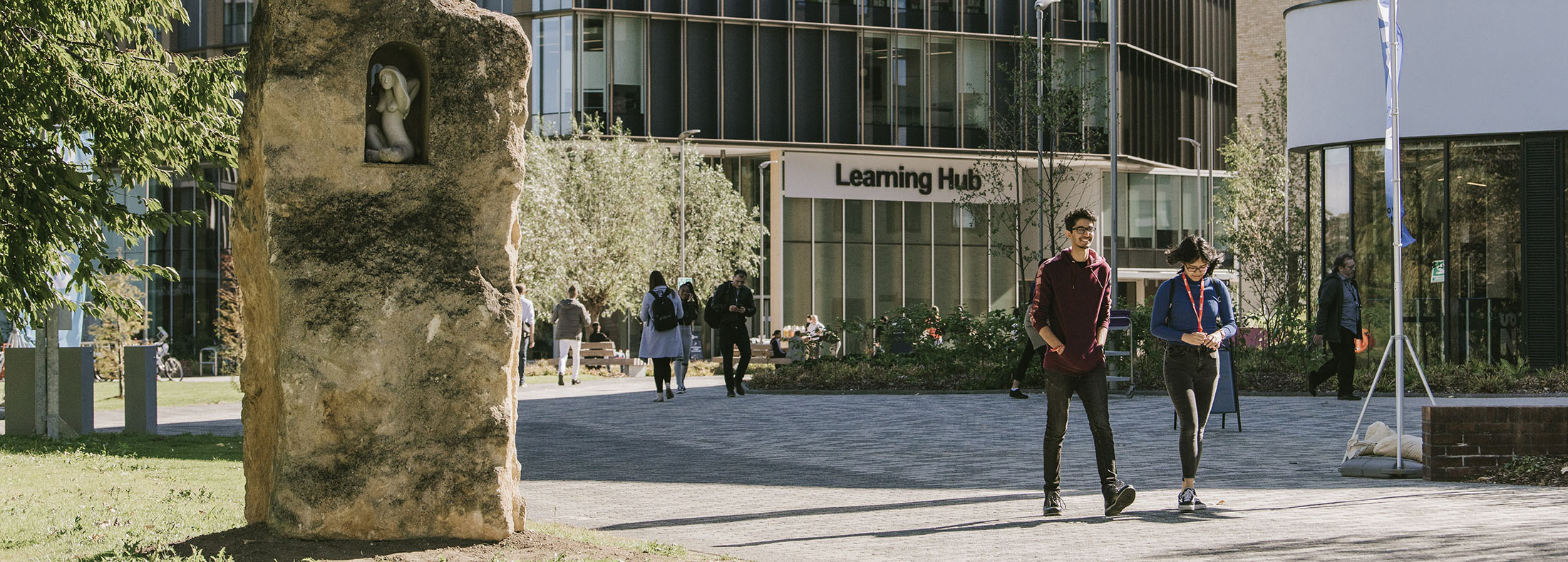Applying Active Digital Education for the Design of Online Learning
Date 29 March 2024
29.03.2024Summarising a case study submitted for a book chapter on the use of ADE with EAL learners.

This case study delves into how ADE, coupled with the Universal Design for Learning (UDL) framework, can foster inclusivity, engagement, and collaboration, particularly catering to students with English as an Additional Language (EAL).
Thinkers like Piaget, Vygotsky, and Bruner laid the foundation for the idea that learners actively construct knowledge by assimilating new ideas into their existing understanding. ADE draws inspiration from contemporary learning theories, including constructivism, constructionism, and connectivism. It places learners in an active role, using technology-enabled interactions and social engagement to construct knowledge.
The case study uses University of Northampton’s digital campus, known as NILE. This platform, built on Blackboard Learn, acts as a learning hub for students, providing module-specific information, structured learning pathways, and consistent formats to ease navigation. The virtual classroom, facilitated by Blackboard Collaborate, is the space where synchronous online sessions are held.
Key points
- NILE offers a structured yet flexible environment, ensuring consistency in module formats to ease cognitive load, particularly for EAL students. Weekly content folders provide a clear pathway, including pre-session questions for thoughtful preparation.
- Blackboard Collaborate serves as the virtual classroom, replicating familiar face-to-face dynamics with features like ‘raise hand’ and breakout rooms. Breakout groups and collaborative spaces become avenues for students to work together, share ideas, and collectively construct knowledge.
- The consistent use of external tools across the program, such as Padlet (Figure 1) and Miro (Figure 2), fosters familiarity and supports collaborative learning. These tools provide visual and interactive spaces for students to express ideas.
- In the journey of crafting ADE activities for EAL learners in a digital setting this case study recommends:
- Value process and product: Emphasise an active, dialogue-rich, and creative learning environment that values both the process and the product.
- Embrace inclusive technologies: Utilise technologies offering EAL learners’ multimodal means of responding to tasks, ensuring inclusivity.
- Promote effective learning habits: Encourage effective learning habits for EAL learners through enjoyable activities that build confidence and agency.
- In essence, this case study discusses the potential of ADE as a dynamic and inclusive approach to digital education, providing students, particularly those with EAL, with engaging and collaborative learning experiences.
